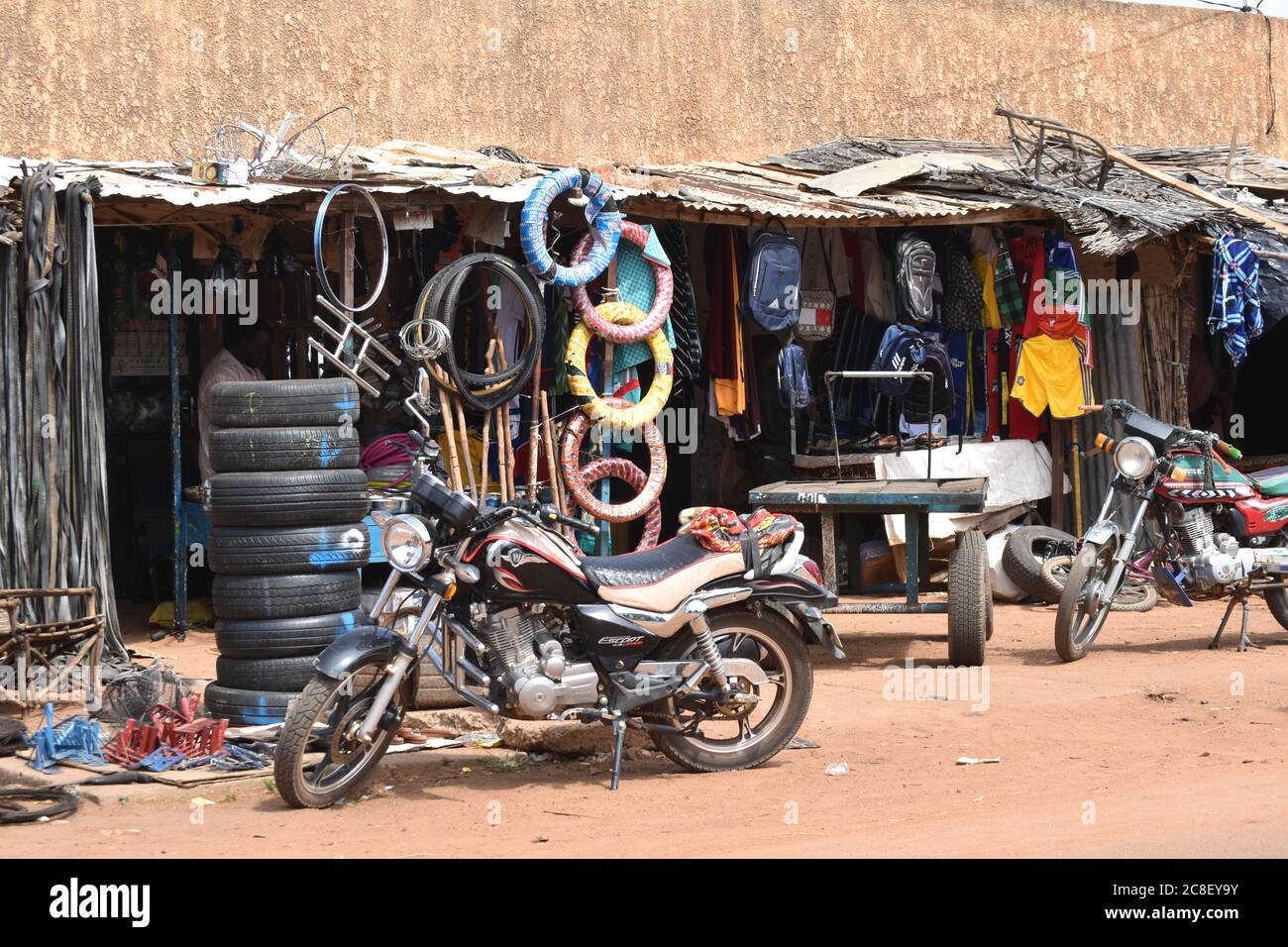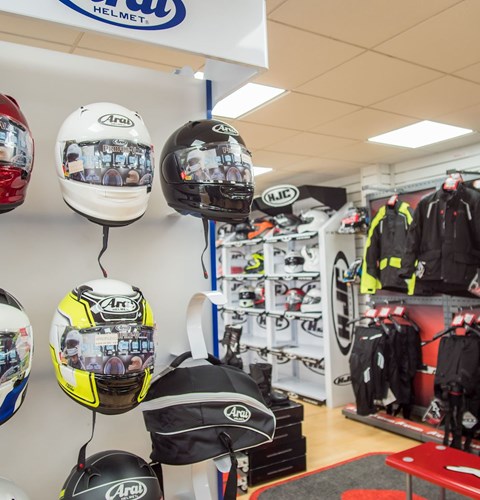Discover Quality Moto Parts NZ for All Your Motorcycle Requirements
Wiki Article
Understanding the Vital Parts of a Bike: A Comprehensive Guide for Fanatics
For bike lovers looking to elevate their riding experience and guarantee their bikes run smoothly, comprehending the important components of a motorbike is critical. Each aspect, from the engine's elaborate functions to the vital role of the stopping devices, not only influences efficiency yet additionally safety and security and convenience.Engine Components

The camshaft plays a vital role in managing the timing of the engine's valves, making certain the specific opening and closing needed for effective fuel and air consumption, along with exhaust expulsion. This timing is important to keeping optimal engine performance and performance. Furthermore, the carburetor or gas shot system, depending upon the motorbike model, is accountable for blending air with fuel in the appropriate proportion for combustion.
The cooling system, either air or liquid-based, works to maintain the engine's temperature within operational restrictions, avoiding overheating and making sure longevity - moto parts nz. Each part, carefully designed and incorporated, contributes to the smooth operation of the engine, specifying the motorbike's power outcome and total efficiency
Transmission System
Integral to the motorbike's functionality, the transmission system makes sure effective power transfer from the engine to the wheels. This system makes up several essential components, including the clutch, gearbox, and last drive, each playing an essential duty in translating the engine's power into motion. The clutch, generally run by a hand bar, offers to involve and disengage the engine from the transmission, enabling smooth equipment changes and regulated acceleration.The transmission, commonly referred to as the transmission correct, contains a set of gears that bikers can manually move with to readjust the bike's speed and torque output. These equipments are set up in a sequence that makes it possible for the bike to accelerate efficiently and maintain optimal engine performance throughout various speeds. The majority of motorbikes use a sequential transmission, requiring the cyclist to move equipments in an established order.
Braking Systems
While recognizing the transmission system is vital to harnessing a bike's power, just as vital is the capacity to regulate and stop that power effectively, which is where stopping mechanisms enter into play. Brakes are essential for safety and security and performance, giving the rider with the essential control to browse various surfaces and problems. Generally, motorbikes include 2 sorts of braking systems: disc brakes and drum brakes.Disc brakes are a lot more common in modern bikes because of their premium efficiency. They contain a brake disc, caliper, and pads. When activated, the caliper presses the brake pads versus the spinning disc, converting kinetic power right into warm, thus slowing down the wheel. This system offers better warmth dissipation, consistent efficiency, and improved stopping power, particularly in wet conditions.
On the other hand, drum brakes, though much less common, are still located in some motorbikes. They work by pressing brake footwear versus the inner surface of a drum connected to the wheel. While normally less efficient in heat dissipation and see it here quiting power, drum brakes are easier and much more economical.
Comprehending these braking systems' nuances permits bikers to maintain their bikes appropriately and appreciate the engineering that guarantees efficient and secure stopping.
Suspension and Guiding
Suspension and steering systems are important parts that considerably influence a motorcycle's handling and experience comfort. The shock absorber, including forks at the front and shock absorbers at the back, soaks up road abnormalities, enhancing security and control. Front forks, normally telescopic or inverted, compress and rebound to mitigate effects, while back shock absorbers preserve tire call with the roadway, crucial for grip and safety.Guiding, centered around the handlebars, links the cyclist to the bike's directional control. The guiding head bearings make sure smooth procedure, enabling specific maneuverability. Proper alignment and maintenance of these bearings are crucial for foreseeable guiding feedback and minimizing biker fatigue.
The suspension's adjustability is another vital element; preload, damping, and rebound setups enable personalization to match numerous riding designs and conditions. This flexibility is crucial for maximizing performance, whether navigating city streets or tackling rugged trails. Technologies like electronic suspension systems supply real-time changes, improving adventure quality throughout diverse surfaces.

Electric Solutions
After ensuring a smooth and regulated adventure via effective suspension and guiding systems, focus turns to the electrical systems, a pivotal element of modern-day motorbikes. These systems play a crucial role not only in beginning the engine yet also in powering numerous components that boost the functionality and safety and security of the motorcycle.At the heart of a motorcycle's electric system is the battery, which stores electric energy necessary for starting the engine and powering complementary systems - motocross parts nz. The generator or generator, coupled with the rectifier-regulator, ensures the battery remains charged while the motorbike is in procedure, transforming power into electric power and keeping voltage levels
The ignition system, an additional crucial element, is in charge of sparking the air-fuel blend in the engine's cyndrical tubes. Modern motorbikes commonly use an electronic ignition system, supplying higher effectiveness and integrity compared to traditional systems.
Illumination systems, including fronts lights, tail lights, and indicators, are additionally crucial, making sure exposure link and safety for the biker. Extra digital elements such as sensing units, control units, and shows add to advanced functions like gas shot management, anti-lock stopping systems (ABS), and digital control panels, further enhancing the riding experience.
Verdict
An extensive comprehension of a motorbike's important elements, including the engine, transmission system, braking mechanisms, suspension, steering, and electric systems, is essential for lovers aiming to optimize convenience, efficiency, and security. Proficiency of these elements enables educated decisions relating to upkeep and upgrades, eventually enhancing the riding experience. By incorporating this knowledge, riders can guarantee their bikes operate at peak effectiveness and dependability, consequently taking full advantage of both satisfaction and longevity of their automobiles.For bike lovers looking to boost their riding experience and guarantee their bikes run efficiently, understanding the vital parts of a motorcycle is paramount.Important to the bike's capability, the transmission system makes certain efficient power transfer from the engine to the wheels.While understanding the transmission system is key stadler motorcycle clothing to harnessing a motorcycle's power, just as crucial is the ability to manage and stop that power effectively, which is where stopping mechanisms come into play. Usually, motorcycles feature 2 kinds of braking systems: disc brakes and drum brakes.
A detailed understanding of a motorbike's vital elements, consisting of the engine, transmission system, stopping mechanisms, suspension, steering, and electrical systems, is essential for lovers intending to maximize efficiency, convenience, and security.
Report this wiki page